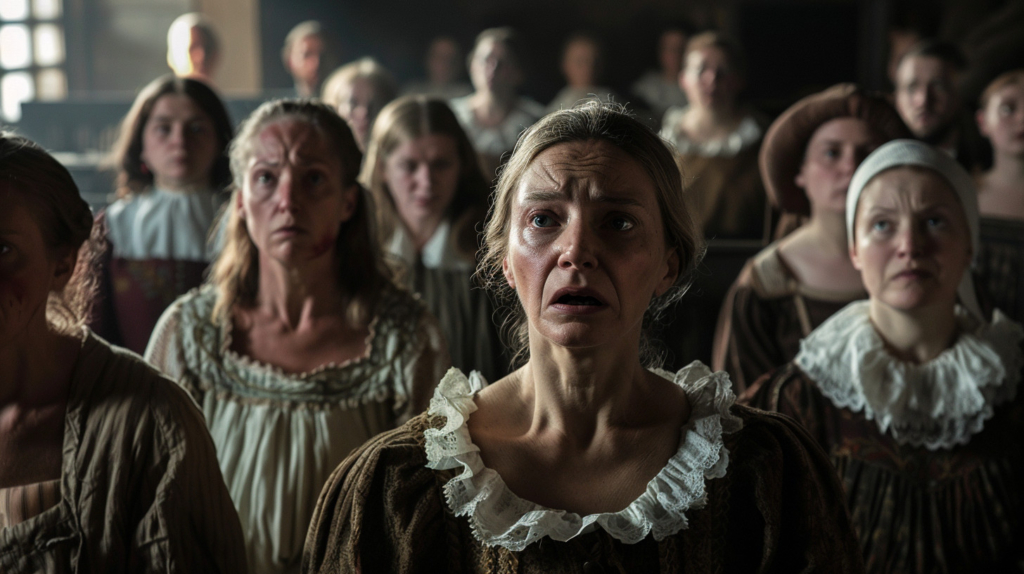In my previous posts about the witch trials, we have been able to read how they played out in the Nordic countries. But how did the hysteria finally end?
First, we must remember that even during the most intense periods of the witch hunt, there were people who opposed it. There was strong criticism of the methods, such as confessions extracted under torture, and of the superstition and belief in witches in general.
Since several witnesses have been caught lying during the trials, the authorities adopted a more sceptical attitude towards accusations of witchcraft.
A law in Denmark from 1686 forbade executions of witches unless they had been confirmed by the Supreme court, which saved a lot of lives. In 1693, Anne Palles was the last woman to be executed as a witch in Denmark.

Although trials were still held in the 18th century, only one led to a conviction, Johan Pistorius was a soldier who was executed in 1722 for making a deal with the Devil.
Although the authorities had become more sceptical, the belief in witches and sorcery was still strong among the people. In 1800, Anna Klemens, a poor old beggarwoman, was lynched by an angry mob after accusations of being a witch – the last known victim of the witch hysteria in Denmark.
In Iceland, which was less affected overall, the trials came to a halt because the judgments were rarely confirmed from Denmark, so few executions could be carried out after 1686.
The last known execution for witchcraft in Norway took place in 1695, when Johanne Nielsdatter was burned alive at the stake for making a pact with the Devil and having her own gremlin (a small, less powerful devil) named Knut.
Witch trials took place in Norway in the 18th century, but there are no accounts of executions.

In 1715, Birgitte Haldorsdatter was convicted of using witchcraft against her former fiancé. She was sentenced to life imprisonment. An old wise woman, Gautes Marie, was sentenced to exile for witchcraft in 1747, but it was later revoked. Another woman voluntarily confessed to being a witch, and accused several others, but the court dismissed the case. So, eventually the trials ebbed, even though the sorcery clause existed in Norwegian law until 1842.
The last person executed for witchcraft in Sweden was Anna Eriksdotter. She was accused of bewitching a man for not giving her tobacco. Half his face had been paralyzed, and not until Anna had been summoned and made to revoke the spell it returned to normal. During interrogation, she confessed to have been serving the Devil since she had been taken to Blåkulla as a small child. She was beheaded in June 1704.

The last large scale witch trials in Sweden were held in Dalarna in 1757. Large amounts of livestock had died, and the farmhand Erik Johansson claimed it was the work of witches, and that he could identify them. 13 women and 5 men were detained and interrogated, and after three weeks of torture, all had confessed.
The county governor however heard of the case, and once he found out they had been tortured, he freed them and prosecuted the interrogators. Erik Johansson confessed to have made the whole thing up and was sentenced to whipping, exile from the area and compensation to the victims.
In 1779, the death penalty for witchcraft was removed from Swedish law. By then, the witch trials in the Nordic countries had claimed around 1700 lives.
Next post: the aftermath of the Witch Trials.
Sources:
Harrisson, Dick. Häxprocesserna
Harrison, Dick. Ondskans tid

